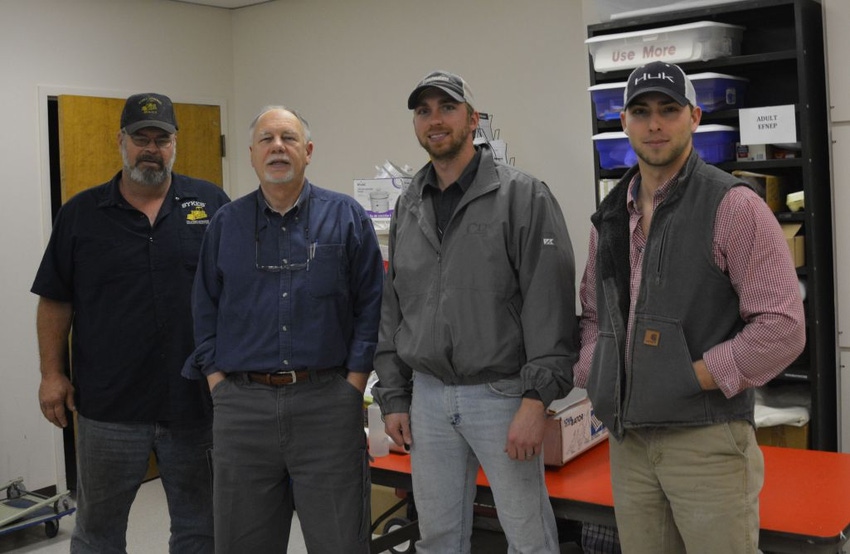
Managing price risk through such tools as futures and options is critical in times of low commodity prices.
The North Carolina Department of Agriculture and Consumer Services has hosted a number of workshops across the state this year to educate farmers on how to use these tools when they sell and market their crops.
Nick Lassiter, NCDA&CS marketing specialist, in a session at the Northampton Cooperative Extension Center in Jackson Feb. 23, stressed the importance of hedging as a price protection tool. Lassiter said it is important to understand basis, which is the difference between the cash price of commodities or securities and the futures price. Basis equals the cash price minus the futures price.
Lassiter explained that the basis price is always much more predictable than the futures price. Basis tends to have seasonal patterns and is weak at harvest then strengthens as the marketing year cycles. By buying a futures contract, a farmer locks in a purchase price.
“There are times when there are no buyers out there where basis is cheap so this is the time to get some commodities sold and hedge at a good average. A good way to dot that is dollar cost averaging,” Lassiter said.
Hedging is particularly valuable to farmers with on-farm grain storage. For instance, a grain buyer such as Perdue can’t collect all its grain at one time so farmers can use basis and store their grain and lock in a more favorable price. A farmer could get a better price after harvest when less grain is being sold on the market
“If you have grain bins, you’re going to use them. Who pays for the grain bins? The market is going to pay you to hold that grain,” Lassiter explained. “This carry is in the market so it’s going to pay you to carry that corn.”
For example, Lassiter explained that during corn harvest in August through October, farmers could use basis to get an extra 15 cents per bushel to hold their corn in storage through Christmas while the basis spreads provides 9 cents per bushel. The carry in the market will pay farmers to hold their corn through December.
Lassiter said it is critical for farmers to calculate their real costs when using basis. Farmers with on-farm storage need to watch the basis and the spread.
Another valuable hedging too, Lassiter said, is a call. A call is a type of option where the buyer has the right to buy a certain commodity, compared to a put where a buyer has the right to sell a certain commodity.
As an illustration, Lassiter explained that a farmer sells his soybeans at $8.80 per bushel. Through a call option, the farmer can re-own those soybeans.
“You can look on your screen and buy a November $9 call. You bought a $9 soybean call and paid 20 cents for it so you’re covered. You sold the beans for $8.80; you have a contract. You took some money from the bank and you buy you the right to re-own those beans,” he said.
“You have a paper that says you can buy beans for $9. That does not mean that you can go and buy beans and load them in your truck. What is means is that you can participate in an upwardly moving futures price,” he explained.
Lassiter explained that this is called “time value” and it is a valuable price risk tool. “Every option that trades has time value. The longer that option’s life is, the more that time value is. The easy thing to do is re-sell the option. You don’t have to get into futures and get out of futures. You just resell the options because there is so much liquidity in the markets.”
About the Author(s)
You May Also Like






